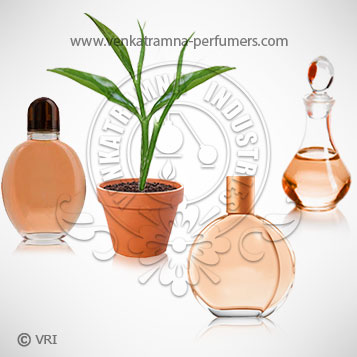
| Botanical Name | Melaleuca Alternifolia, M. Linariifolia, M.uncintata |
| Common Name | Tea Tree |
| Country of Origin | New South Wales, Australia |
| Solubility | Insoluble in water, soluble in alcohol and oils |
| Specific Gravity | 0.89 |
| Optical Rotation | 8.8 |
| Refrective Index | 1.48 |
| PlantPart | Leaves |
| Bland With | Cinnamon, clary sage, clove, geranium, lavender, lemon, myrrh, nutmeg, rosemary, rosewood and thyme. |
| CAS No | 8022-72-8 |
| Flash Point | 130F |
| Extraction Method | Steam Distillation |
The Tea Tree Oil that we offer is extracted from Melaleuca alternifolia of the Myrtaceae family. This oil is one of the most used essential oils and popular for its wonderful healing properties. Extracted from the leaves and twigs by the process of steam distillation, it has a light, spicy and rather pungent smell. It is considered as mood elevator and hence helps combat fatigue as well as depression.
Tea Tree oil is relatively new to aromatherapy, but what an impact it has had since its debut. Tea tree is without a doubt one of the most widely used essential oils, and one of the most universally useful as a first aid remedy. A member of the Myrtle family, like Niaouli and Cajuput, it grows in the swampy areas of Australia. It was first discovered by Captain Cook and his crew. However, they were not terribly specific with their name-giving and allocated the same name to several species they came across on the basis that they were all palatable as tea-substitutes. Tea-tree, however, is in no way related to the plant we usually derive our brown brew from. Captain Cook and his crew soon learned the medicinal used of this tree from the Australian aborigines, yet it took several hundred years before this amazing oil became widely used in the West. This is probably because it does not have a particularly pleasant scent. It smells rather medicinal and somewhat harsh, so it never became popular as a perfume oil. However, studies have shown Tea tree to be effective against a wide range of bacteria, viruses and fungal infections, which is why some consider it a first aid chest in a bottle.
Color : Clear to pale yellow liquid with Camphoraceous odor,
Aroma : Fresh, antiseptic and medicinal scent. It also has characteristic mint and spice back-notes
a-pinene, b-pinene, sabinene, myrcene, a-phellandrene, a-terpinene, limonene, 1,8-cineole, y-terpinene, p-cymene, terpinolene, linalool, terpinen-4-ol and a-terpineol.
The tea tree oil is a blessing to the medical world. It serves many a purpose with its healing qualities. It strengthens the immune system; wards off all kinds of infection: bacterial, fungal and viral; helps cure influenza, cold sores, catarrh, glandular fever and gingivitis; reduces post operative shock and is useful for a hundred other ailments. It is also known for antiseptic, analgesic and sedative properties.